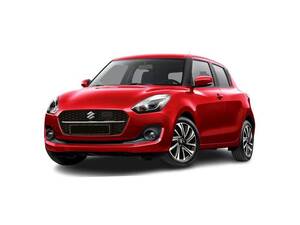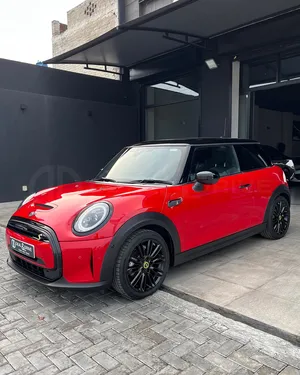-
Used Cars
-
-
New Cars
-
-
Bikes
-
-
Auto Store
- Videos
- Forums
- Blog
-
More
-
-
Cool Rides
Member Rides Cars & Bikes
-
Car Import
Import your favourite Car
-
Car Battery
Built for Every Drive
-
Car Insurance
Get car insurance quote
-
Car Finance
Compare plans and apply for car loan
-
MTMIS Pakistan
Online Vehicle Verification
-
DLIMS Pakistan
Driving License Verification System
-
Current Petrol Prices
Check latest Petrol, Diesel and CNG Price
-
Car Registration
Hassle-free Car Registration
-
Car Ownership Transfer
Hassle-free Car Transfer
-
Auto Show
Series of Annual Auto Shows
-
Cool Rides
-
- Post an Ad











